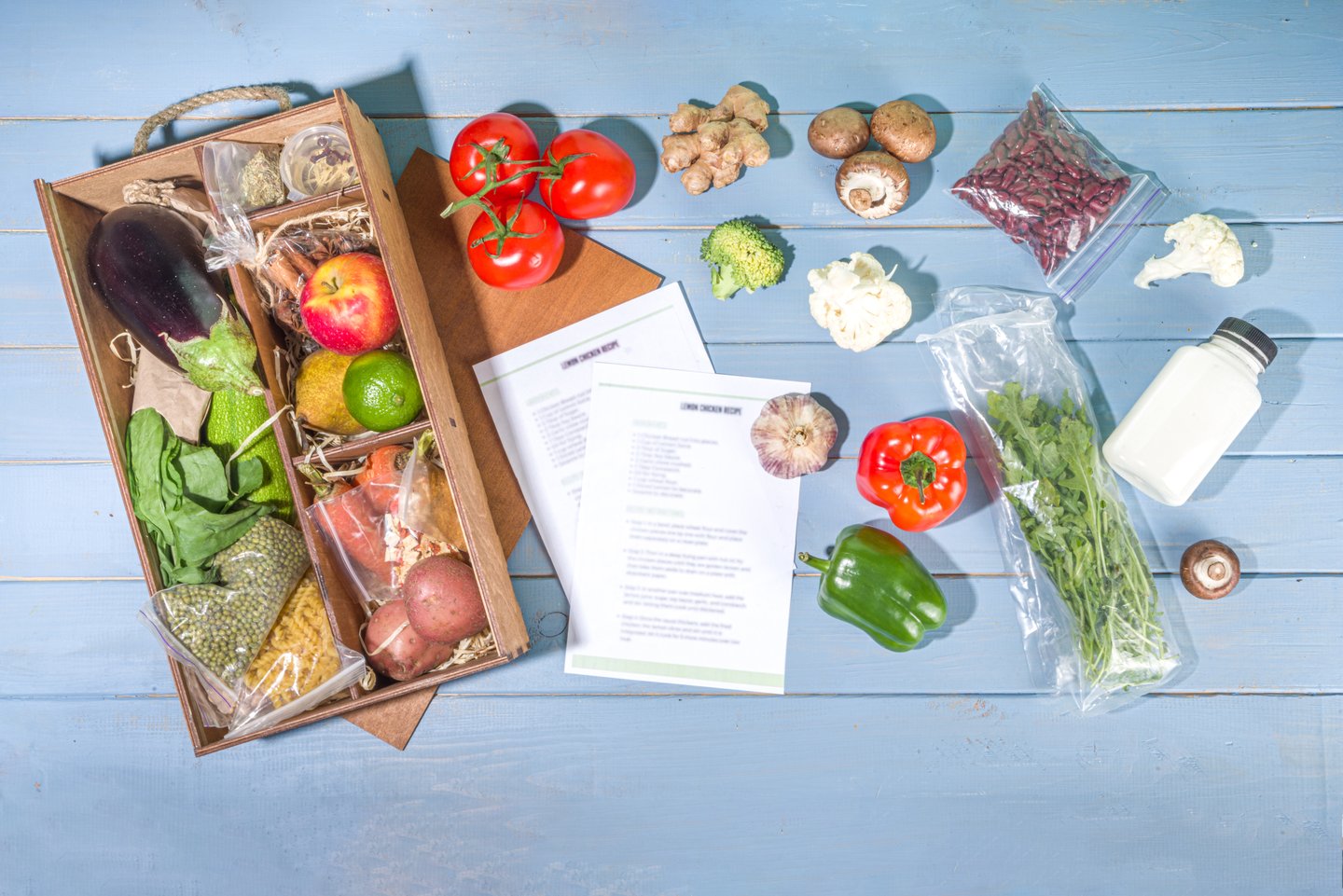Have Canadians lost their appetite for meal-kit services? (Survey)
In search of new meal ideas during the pandemic, many home cooks turned to meal-kit delivery services. Post-pandemic, it appears demand has peaked.
A recent survey conducted by the Agri-Food Analytics Lab at Dalhousie University, in partnership with Caddle, found that 8.4% of Canadians subscribe to a meal-kit service provider today. That’s down from 12.8% in November 2020.
While 69% of Canadians have never subscribed to any meal-kit service, 22.5% say they’ve stopped using a meal-kit service. Only 3% are now fully committed to a meal-kit provider and expect to continue to use the service. Another 9.8% believe they may use meal kits in the future but are unsure.
What’s driving customers away from meal kits? The study found that price and packaging are the main factors. The average price of a meal-kit service is typically $8 to $13 per meal, per person. Just over 78% of consumers who have dropped the service felt the prices were too high, and 67.5% dropped the service because of the heavy packaging meal kits typically come in.
The researchers weren’t surprised by the findings. “During the pandemic, when people were forced into lockdown, a lot of people got reacquainted with their kitchen,” says Janet Music, research associate at the Agri-Food Analytics Lab, adding that people were discovering new recipes, cooking family recipes, and baking bread.
“As we continue to be under inflationary increases in food, I just don’t think people have the money to dedicate to [meal-kit delivery services]. They’re going to try to claw back that value-add meal kits provide. What they’re selling is convenience and inspiration—and that’s expensive. People are looking to cut down on their grocery bills, so they’re going to do [meal prep] themselves.”
Agri-Food Analytics Lab estimates the meal-kit market in Canada is worth about $1.1 billion today, compared to $5 million more than a decade ago. The study notes the rise is quite an accomplishment, however, at its peak in 2020, the market surpassed $1.5 billion.
HelloFresh remains the most popular service (32%), followed by Good Food (24.6%) and Chef’s Plate, which is owned by HelloFresh (14.9%).
As for the main perks of using meal kits, convenience came out on top (57.7%). This was followed by “to save time” (30.4%), and “to avoid planning meals” (15.4%).
The survey also found that younger Canadians have a bigger appetite for meal kits. Generation Z consumers are the biggest users of meal kits (rate of usage), 14.5%, followed by millennials (12.1%), generation X (7.9%) and baby boomers (3.2%).
Grocery retailers may stand to make gains in the meal-kit space. The report notes that grocers have gotten better at delivering food to consumers’ homes, and some are offering meal kits themselves. The retention rate for customers of online grocery sites is also typically much higher. Online grocery shoppers will go back to buying more food online, more than 80% of the time, according to NielsenIQ.
“If grocery stores are selling convenience and meal kits are also selling convenience, people are probably going to default to retailers because it’s much cheaper,” says Music.

